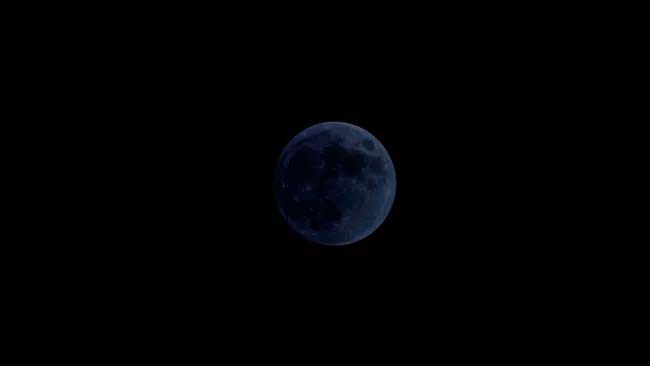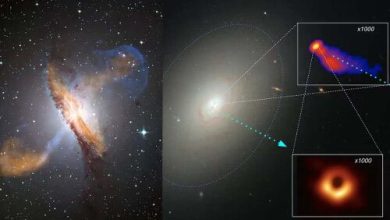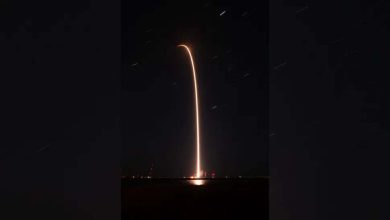Sharad Purnima 2024: When is the next Amavasya?

Science: The next new moon will be on Friday, Nov. 1. It officially reaches the new moon phase of the cycle at 7:47 a.m. EDT (1147 GMT). A new moon occurs when the moon is directly between Earth and the sun, with its shadow side facing us. You can see the new moon from the face of the sun during a solar eclipse.
A new moon occurs about once every month because it takes the moon about that long to orbit Earth. But since the moon’s orbit is slightly tilted relative to Earth’s orbit around the sun, it doesn’t block the sun on every orbit, hence why a solar eclipse doesn’t occur on every new moon, according to NASA. On the nights before and after the new moon, when there’s just a thin crescent, it’s sometimes possible to see the stunning effect known as Earthshine or the Da Vinci glow.
During this time, it appears that you can see the entire disk of the moon dimly illuminated with an almost blue-gray glow, along with the bright crescent. Thus, the term Earthshine is sometimes referred to as the “old moon in the arms of the new moon.” This glow is produced by light from a fully illuminated Earth that reflects off the lunar surface. Space.com’s skywatching columnist Joe Rao explains this phenomenon in more detail in this interview conducted with FoxWeather.com.
Often a new moon is referred to as a “black moon.” This is a rare event and we won’t experience another one until December 30, 2024. Black moon is not an official astronomical term, but there are two common definitions of the term according to time and date:
The second new moon in the same calendar month.
The third new moon in a season of four new moons.
According to the seasonal definition, the last black moon occurred on May 19, 2023. The next Black Moon will occur on December 30, 2024, and it will be the second new moon in the calendar month. Looking for binoculars or a telescope to view the moon? Our guides to the best binocular deals and the best telescope deals now can help you. Our best cameras for astrophotography and best lenses for astrophotography can also help you prepare to capture that next lunar sky-watching scene.
If you want to take a more in-depth moonlit journey to our rocky companion, our ultimate guide to observing the moon will help you plan your next skywatching venture, whether it’s to explore lunar seas, mountainous terrain or the many craters that cover the landscape.





